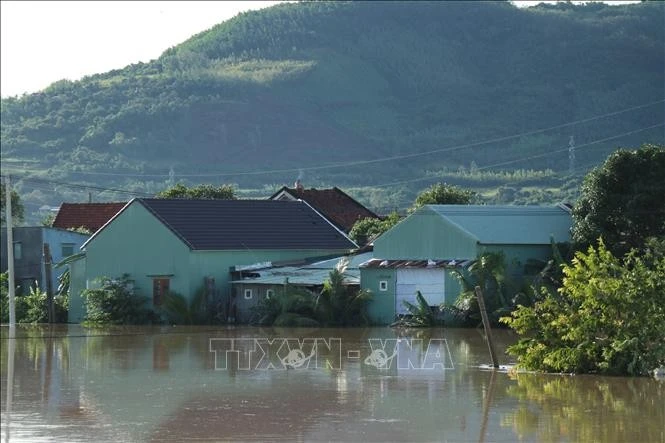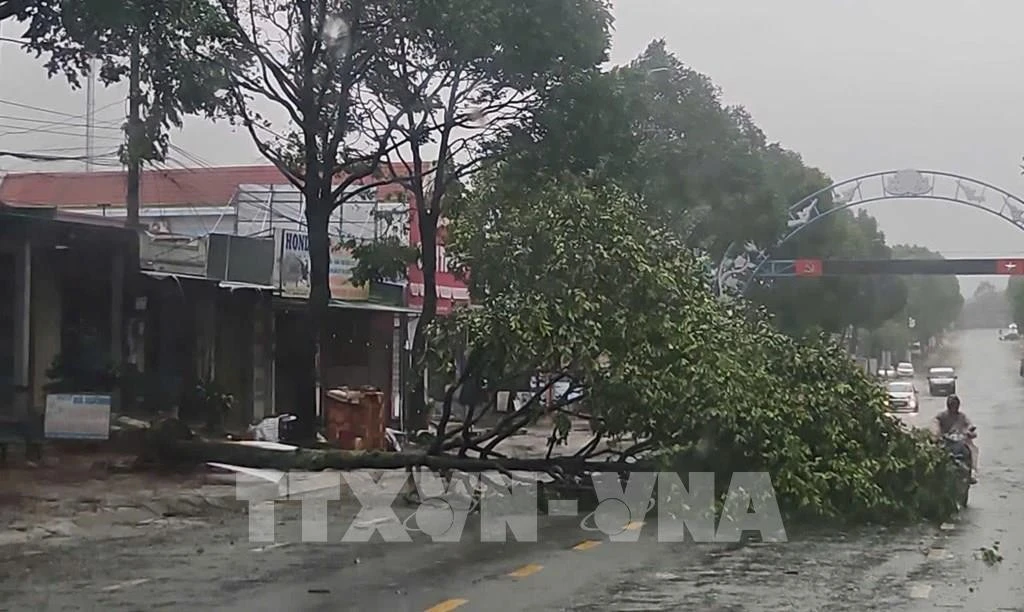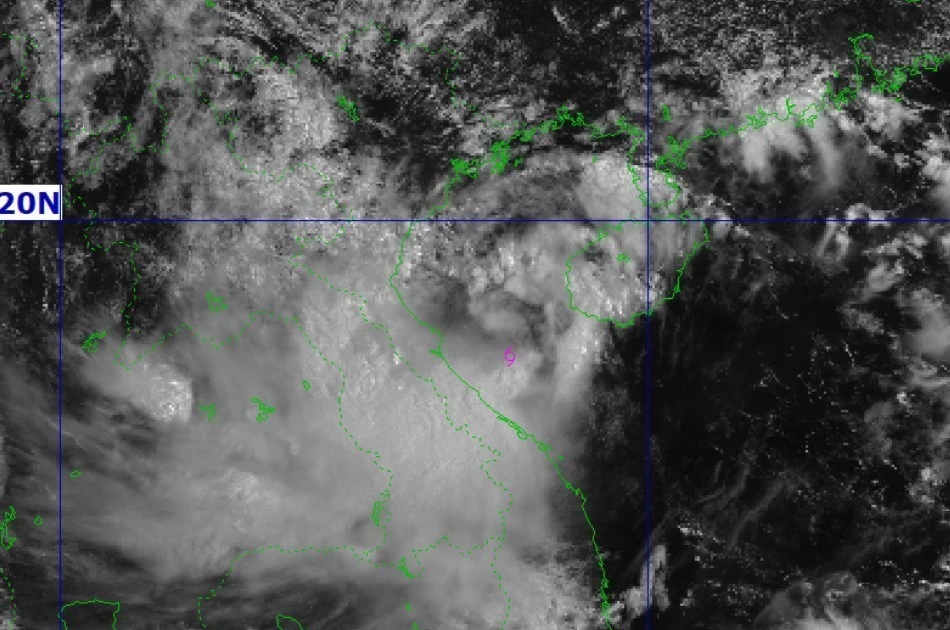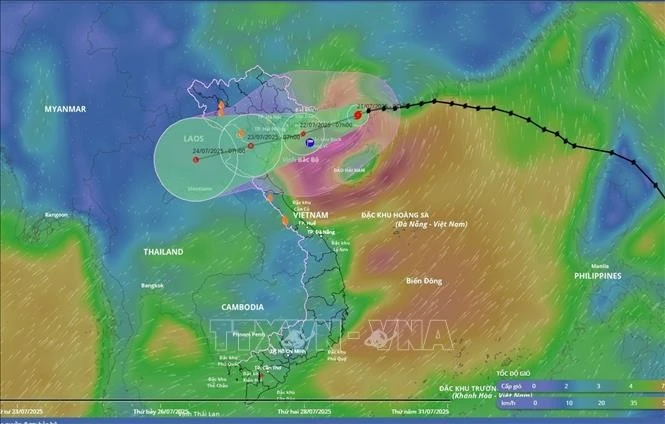
Urgent efforts to restore production after the storm
Tropical Storm No.13 has caused severe damage to the fisheries sector, particularly among marine aquaculture households in the provinces of Gia Lai and Dak Lak. Local Party committees, authorities, farmers, fishermen and traders are now rushing to overcome the aftermath and return production and business activities to pre-storm levels.












